Business Proposal Samples
-
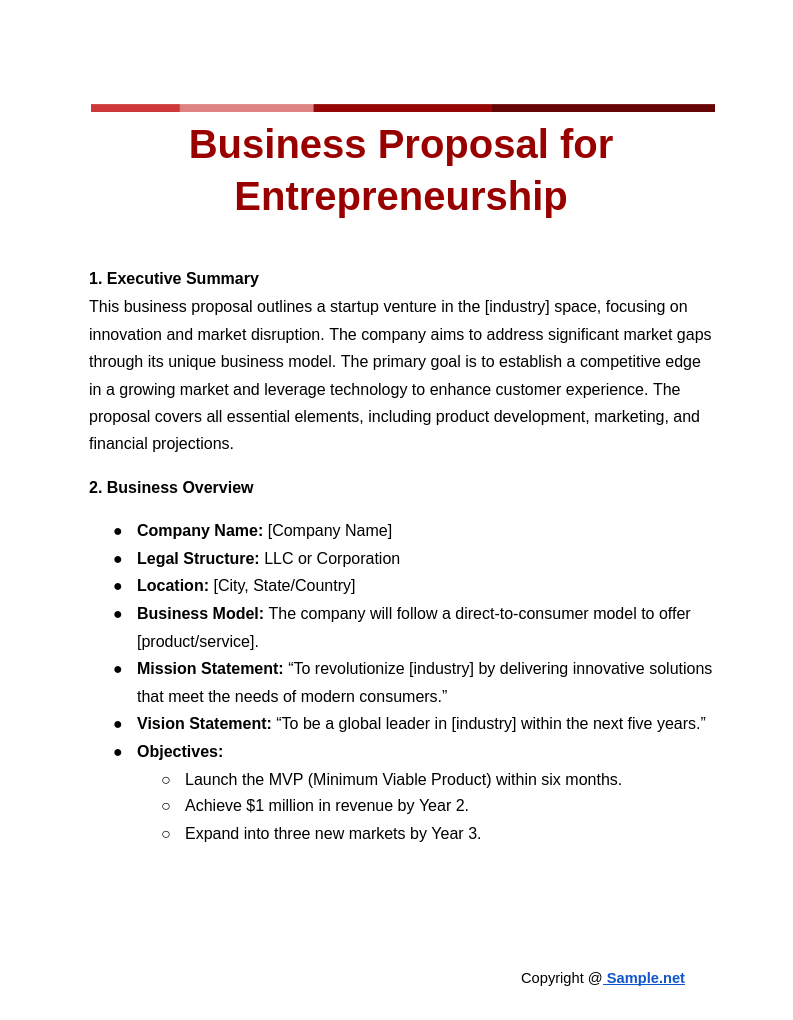
Business Proposal for Entrepreneurship
download now -
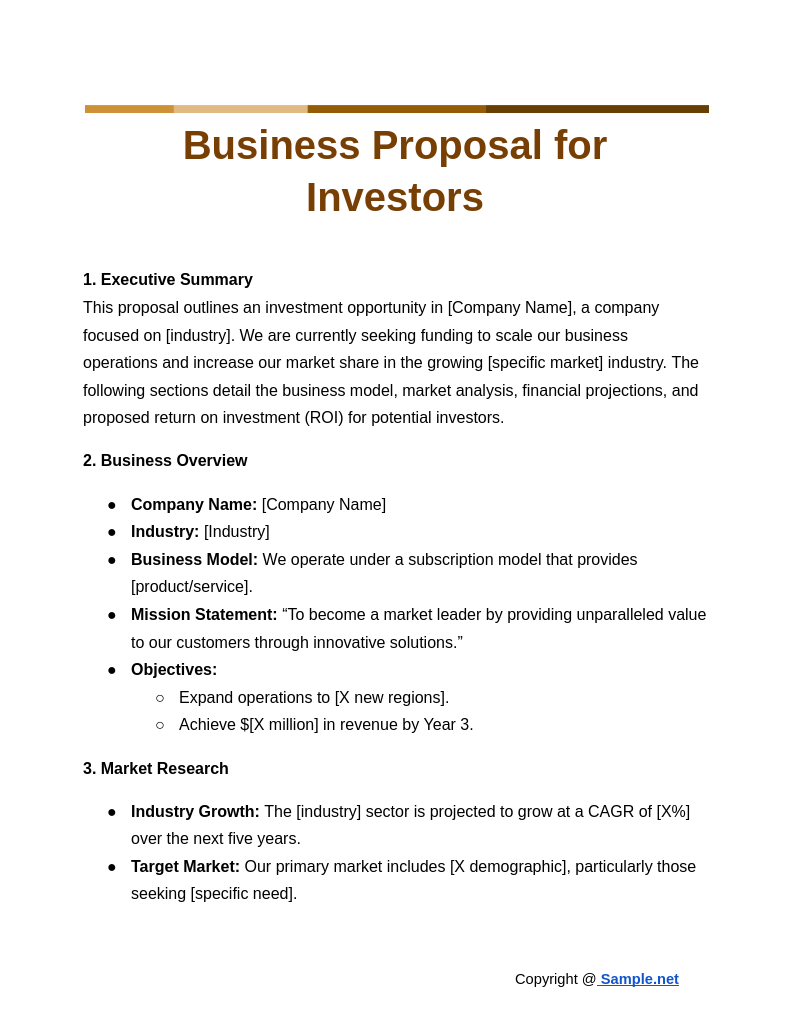
Business Proposal for Investors
download now -

Business Proposal for Investors
download now -
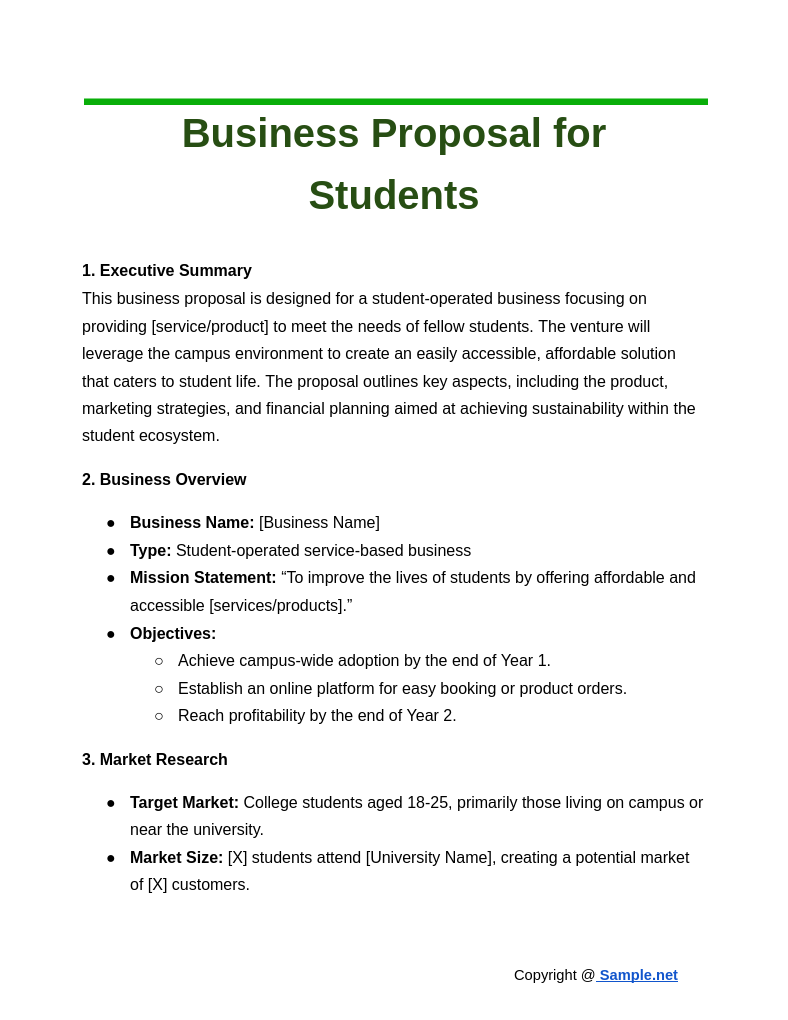
Business Proposal for Students
download now -
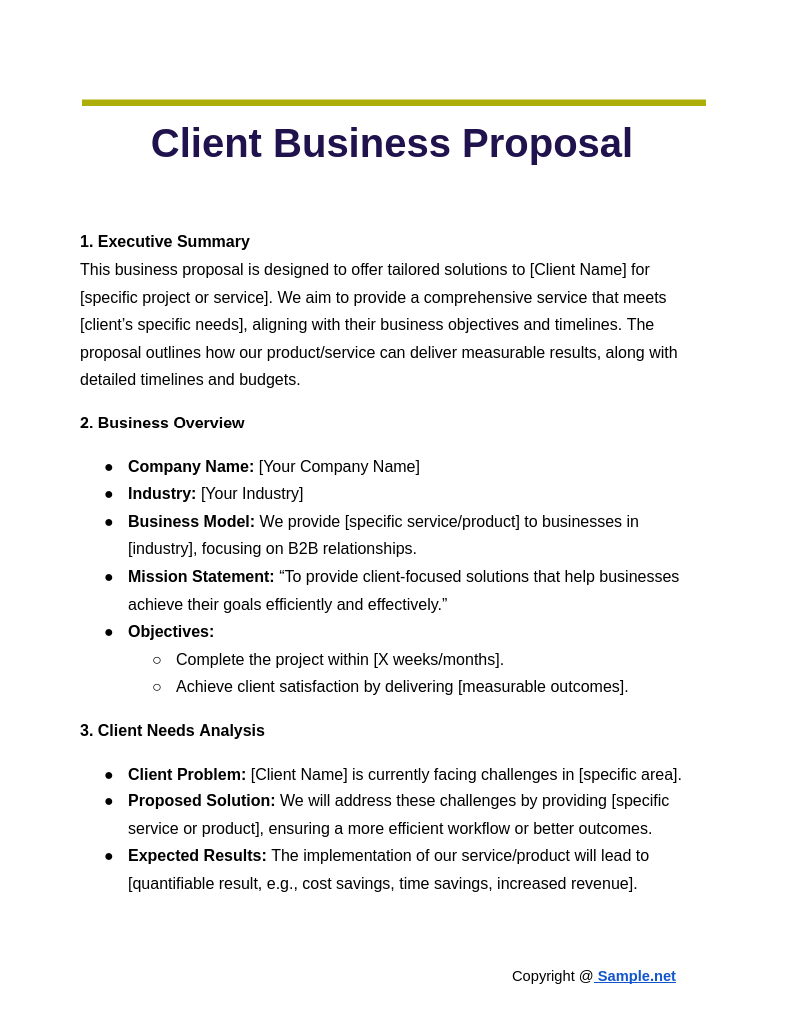
Client Business Proposal
download now -

Business Proposal Template
download now -
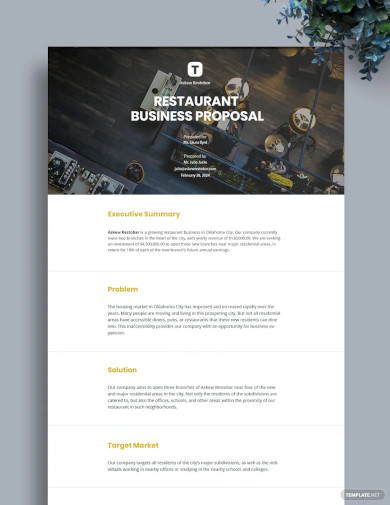
Restaurant Business Proposal Template
download now -
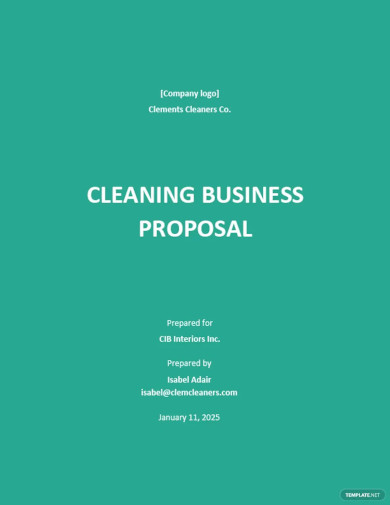
Sample Cleaning Business Proposal Template
download now -
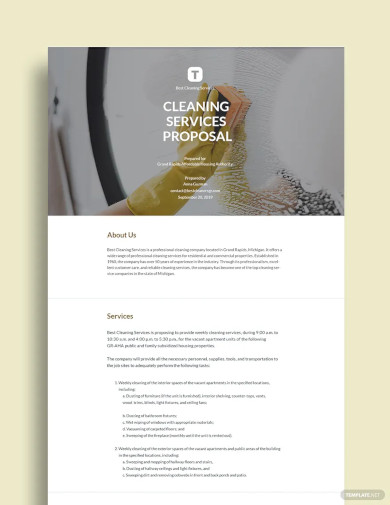
Cleaning Business Proposal Template
download now -

Consulting Business Proposal Template
download now -

Music Business Proposal Template
download now -
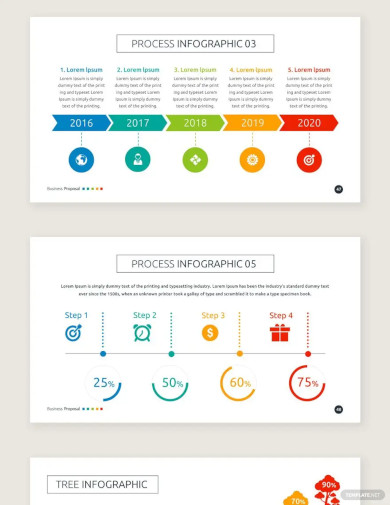
Business Proposal Presentation Template
download now -
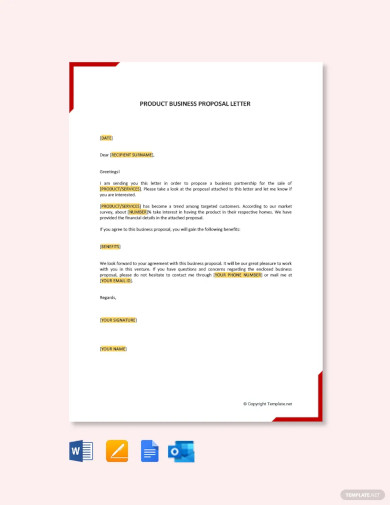
Product Business Proposal Letter Template
download now -
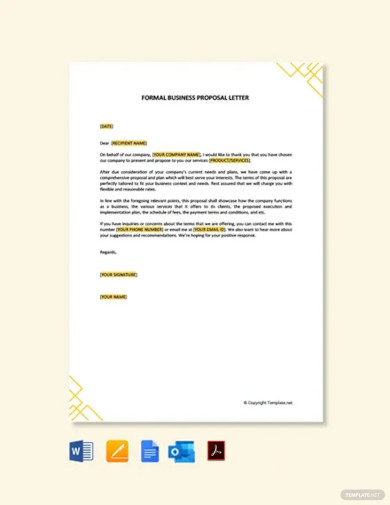
Formal Business Proposal Letter Template
download now -
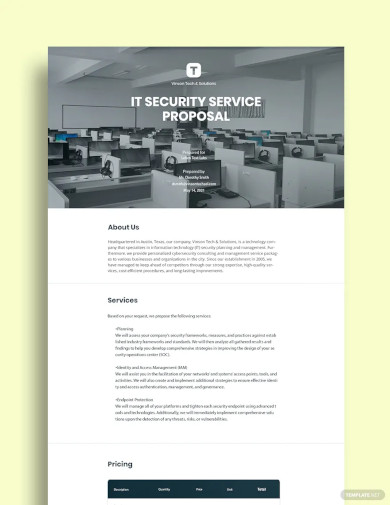
Business Proposal Format Template
download now -
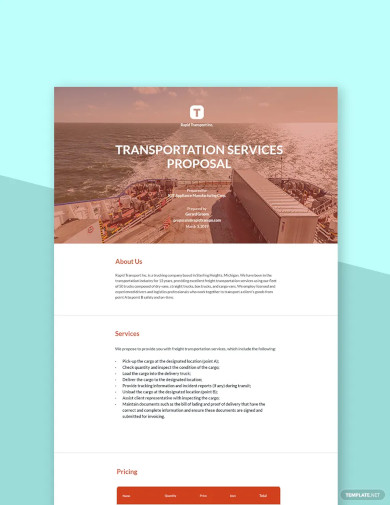
Transportation Business Proposal Template
download now -

Catering Business Proposal Template
download now -
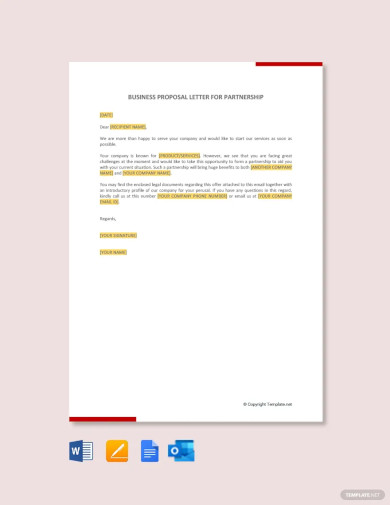
Business Proposal Letter for Partnership Template
download now -
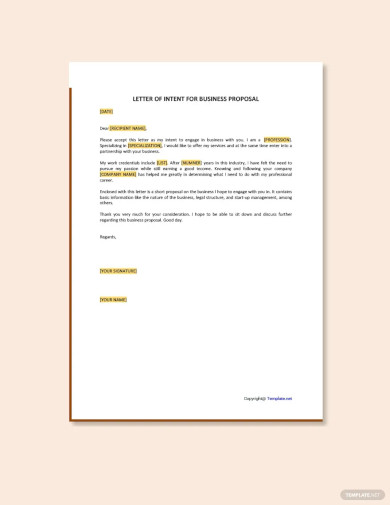
Letter Of Intent For Business Proposal Template
download now -
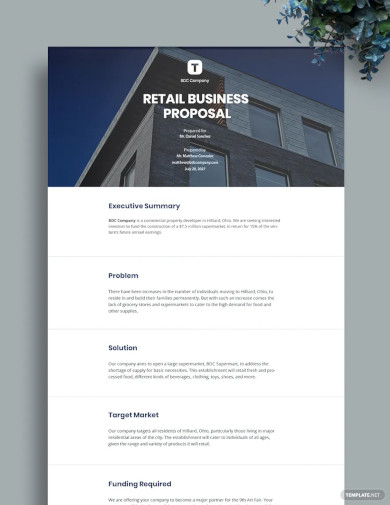
Retail Business Proposal Template
download now -
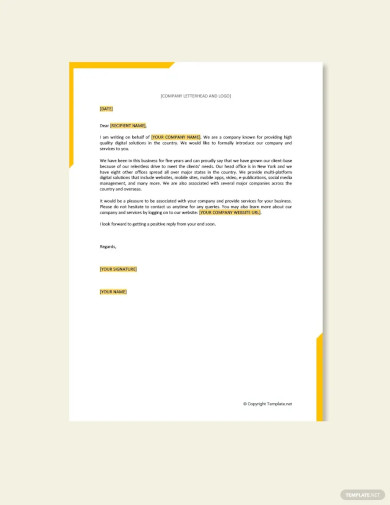
Business Proposal Letter for Service Template
download now -
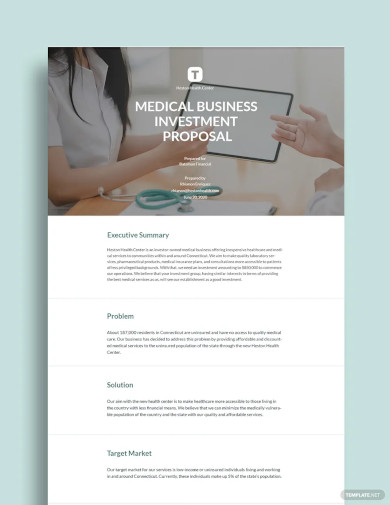
Medical Business Proposal Template
download now -
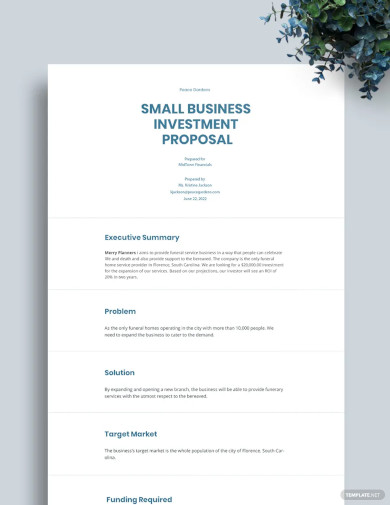
Small Business Proposal Template
download now -
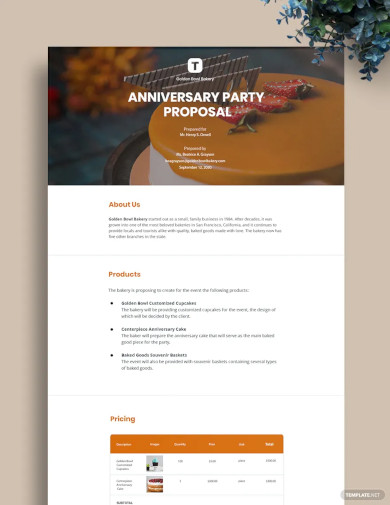
Sample Small Business Proposal Template
download now -
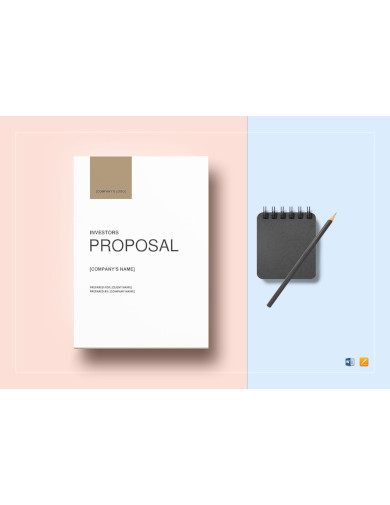
Business Proposal for Investors Template
download now -
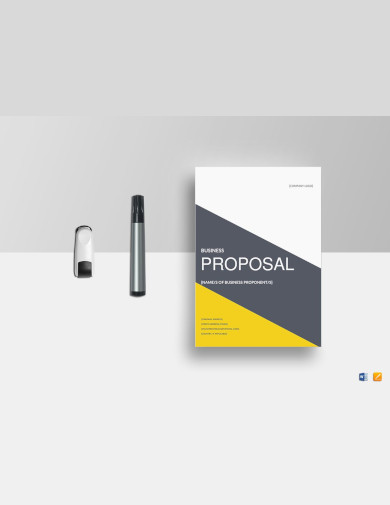
Basic Business Proposal Template
download now -
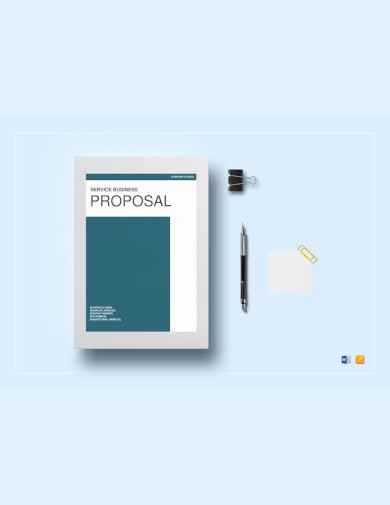
Service Business Proposal Template
download now -

Sample Business Proposals Template
download now -

Company Business Proposal
download now -
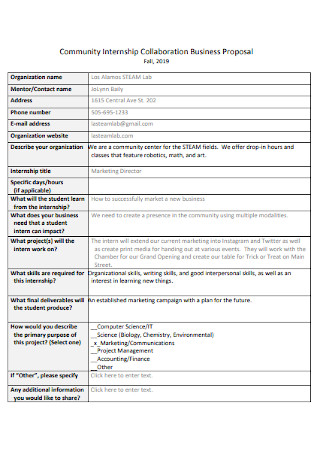
Restaurant Community Business Proposal
download now -

Small Business Product Proposal
download now -
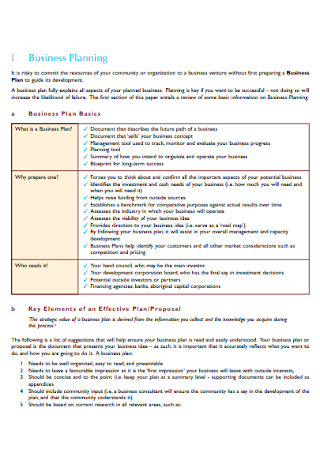
Business Food Planning Proposal
download now -

Sample Business Case Layout Proposal
download now -
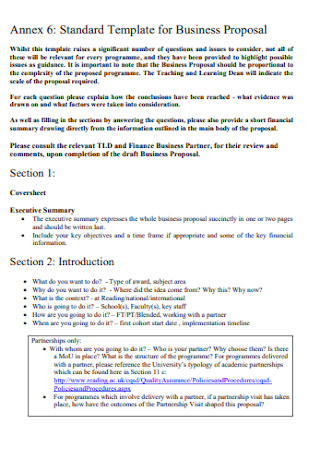
Standard Business Poster Proposal
download now -
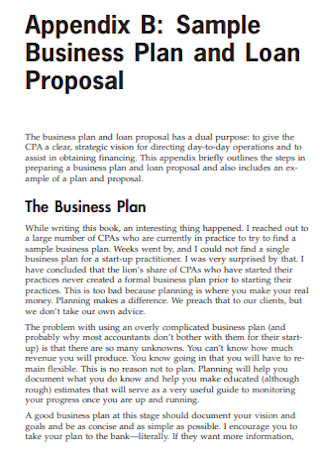
Sample Business Plan and Loan Cover Proposal
download now -
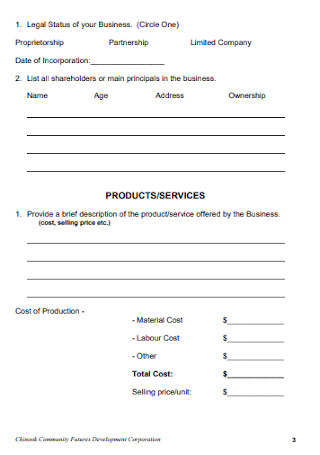
Business Project Email Proposal
download now -

Sample Business Marketing Proposal Letter
download now -
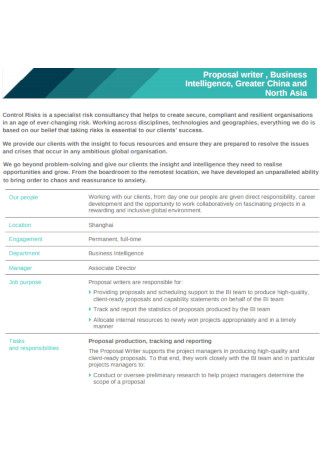
Business Job Service Proposal
download now -
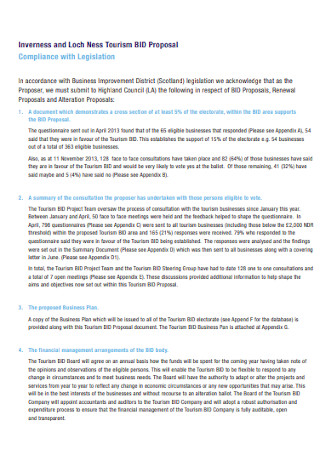
Sample Modern Tourism Business Proposal
download now -
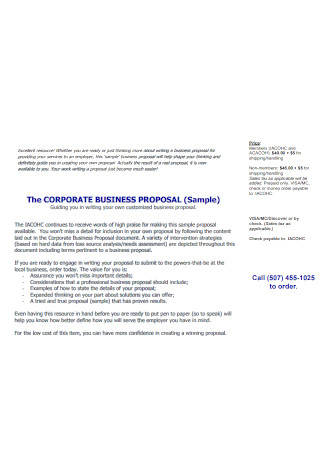
Sample Corporate Introduction Business Proposal
download now -
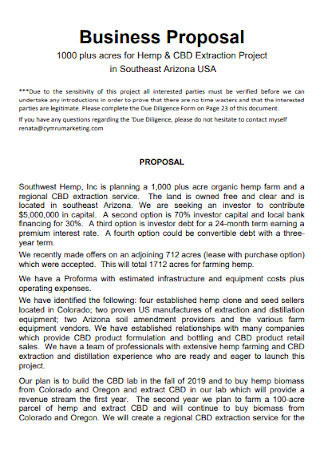
Business Infographic Extraction Project Proposal
download now -
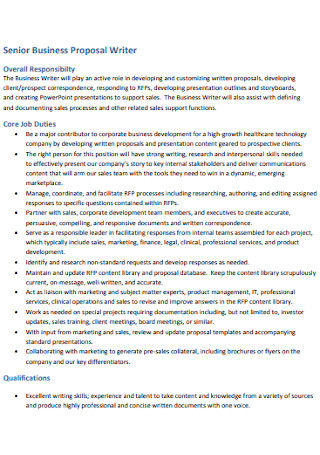
Senior Business Startup Proposal Writer
download now -
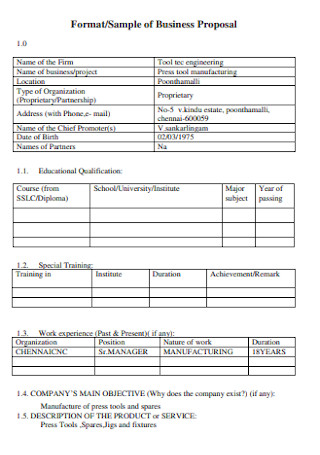
Business Bar Proposal Format
download now -
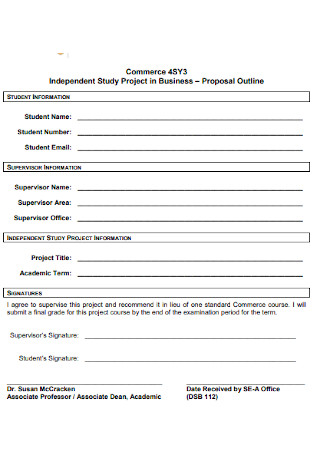
Independent Study Project in Business Proposal Outline
download now -
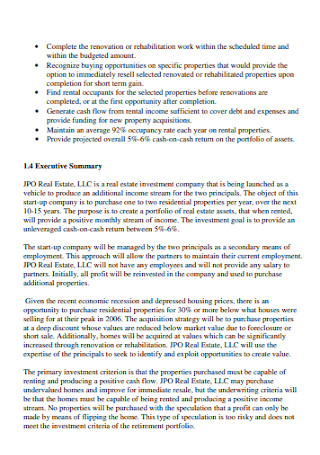
Draft Business Proposal for Real Estate
download now -
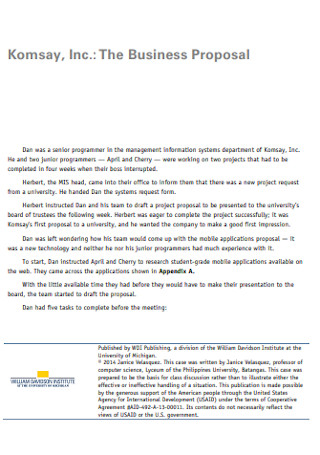
Simple Business Proposal
download now -
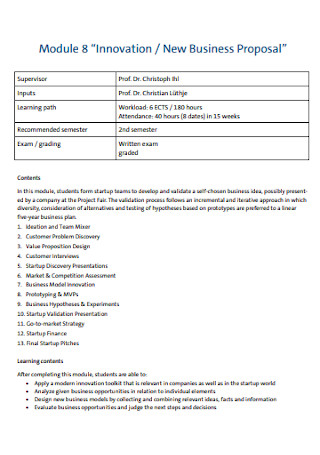
Sample New Business Proposal
download now -
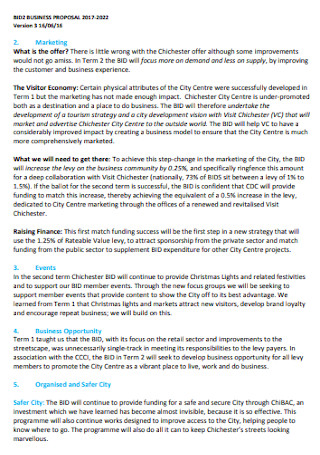
Sample Renewal Business Proposal
download now -

Business Proposal for Investors Template
download now -
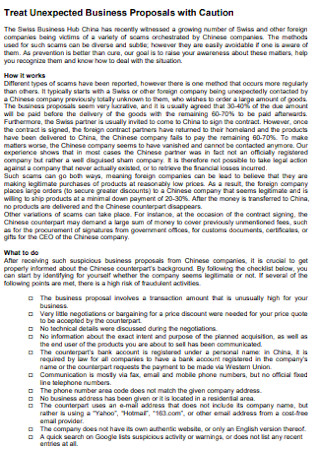
Business Proposals with Caution Template
download now -
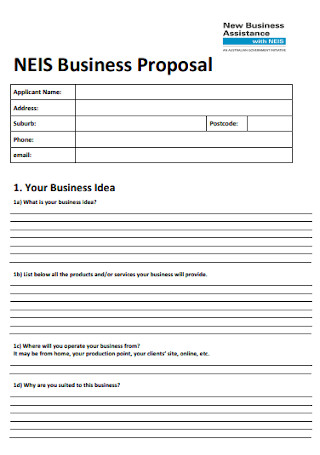
New Business Assistance Proposal
download now -
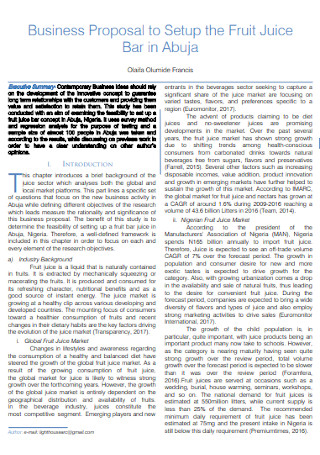
Fruit Juice Business Proposal
download now -
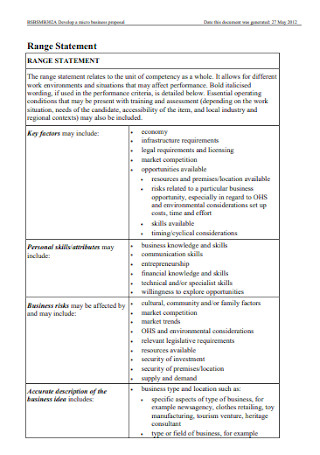
Formal Business Proposal
download now -
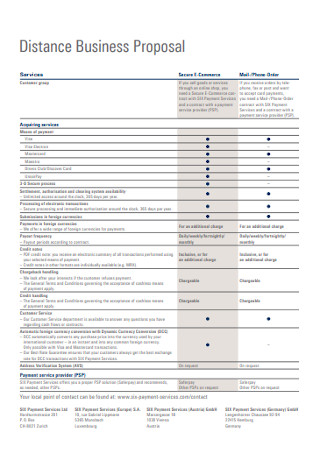
Distance Business Proposal
download now -
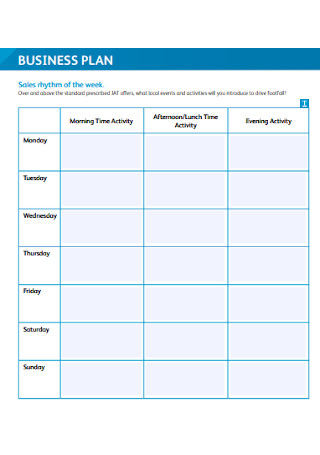
Sample Business Plan Proposal Template
download now -
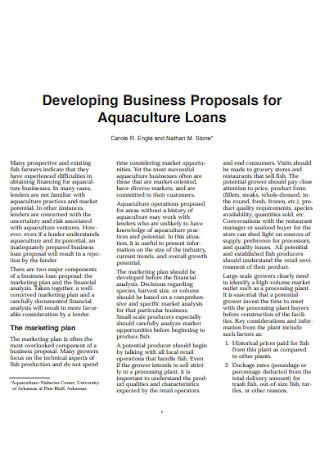
Business Proposals for Aquaculture Loans Template
download now -
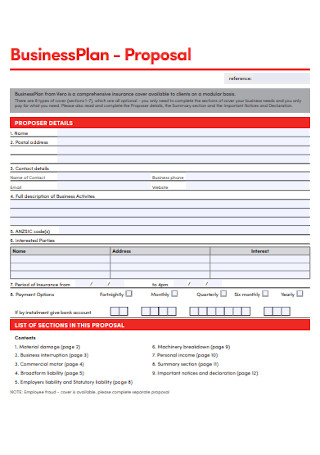
Basic Business Plan Proposal Template
download now -
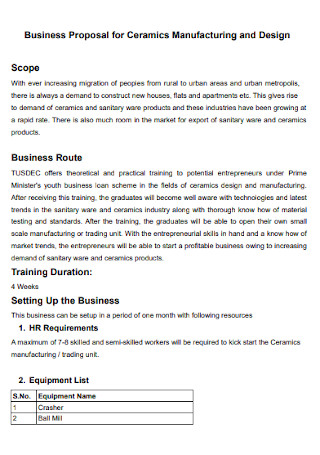
Business Proposal for Ceramics Manufacturing and Design Template
download now -
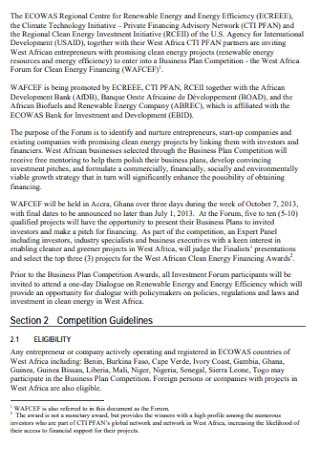
Sample Call for Business Proposal Template
download now -

Business Proposal Evaluation Tool Template
download now -

Business Proposal Attachment Template
download now -
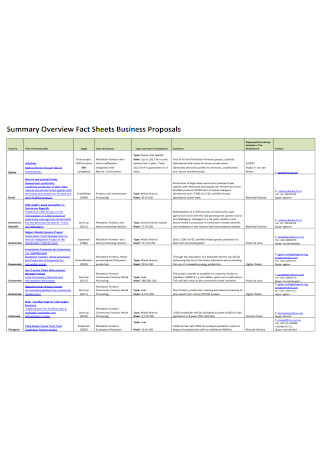
Fact Sheets Business Proposals
download now -
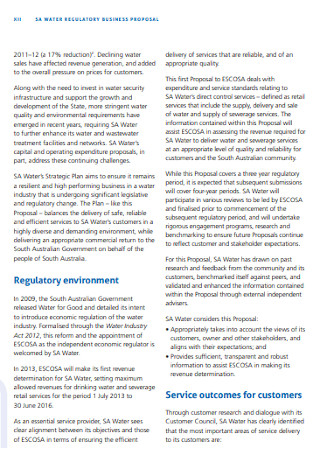
Sample Water Regulatory Business Proposal Template
download now -
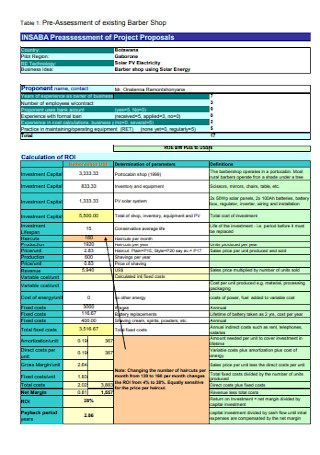
Business Proposal Barber Shop Template
download now -
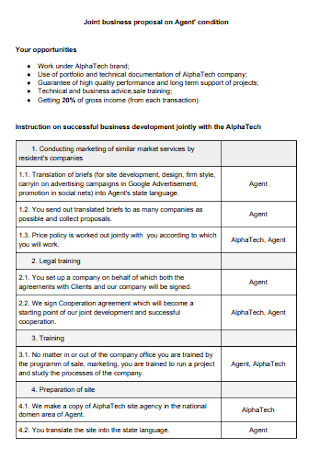
Joint Business Proposal on Agent Template
download now -
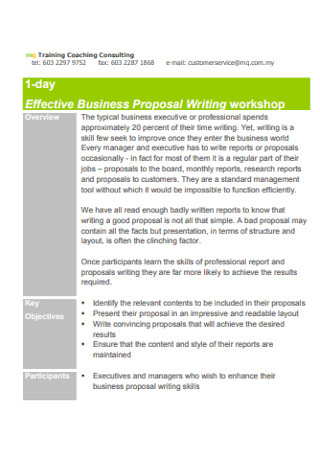
Business Proposal Writing workshop Template
download now -
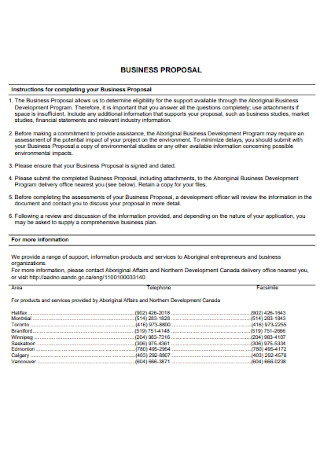
Standard Business Proposal Template
download now -
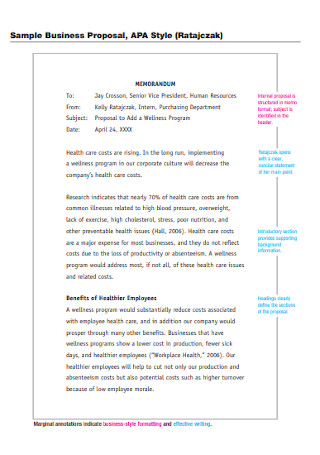
Sample Business Proposal Example
download now -
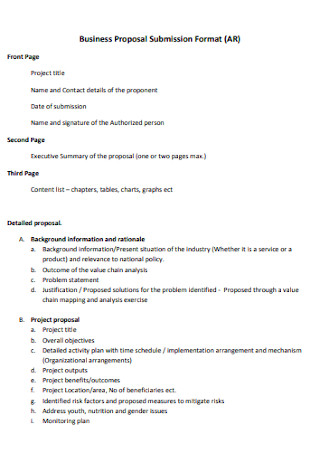
Business Proposal Submission Format
download now -
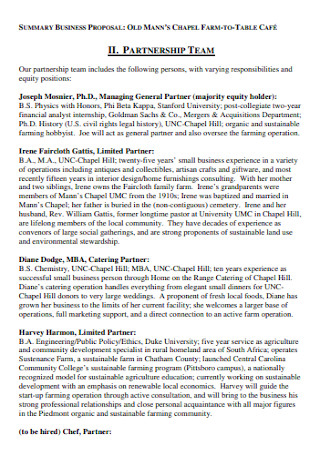
Sample Business Partnership Proposal Template
download now -
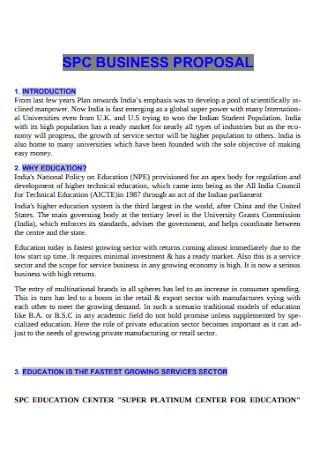
Sample Education Business Proposal
download now -
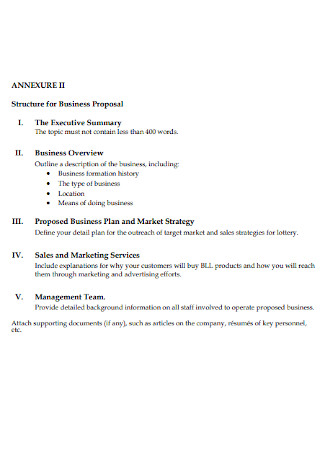
Structure for Business Proposal
download now -
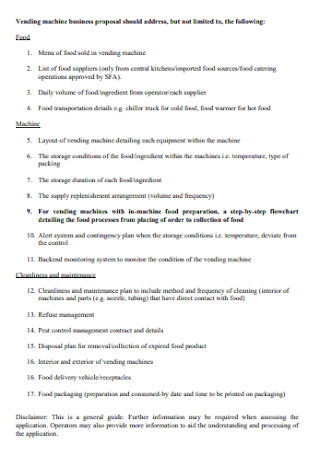
Sample Vending Machine Business Proposal Template
download now -
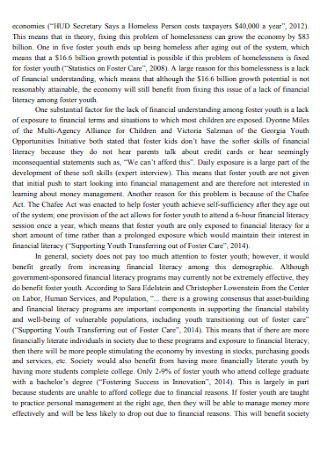
Case Competition Business Proposal
download now -
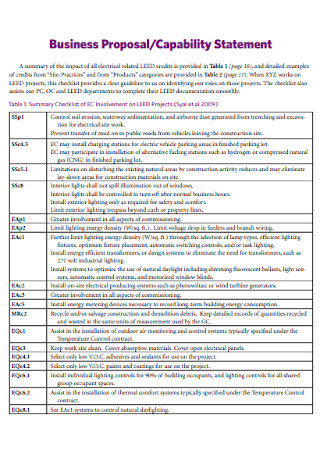
Business Proposal and Capability Statement Template
download now -
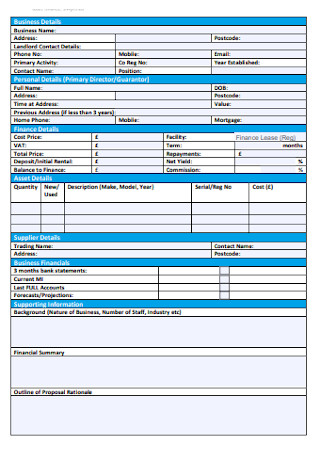
Business Proposal Form Template
download now -

Free Business Proposal Letter Sample
download now -

Sample Telephone Business Proposal Letter
download now
FREE Business Proposal s to Download
Business Proposal Format
Business Proposal Samples
What is a Business Proposal?
The Proposition: Four Types of Business Proposal
Essential Points in a Business Proposal
How to Make a Comprehensive Business Proposal?
FAQs
How to present a business proposal?
What’s the difference between a business plan and a business proposal?
Can statistics and data be part of my business proposal?
Can I back out from continuing my business proposals?
How do you close a business proposal?
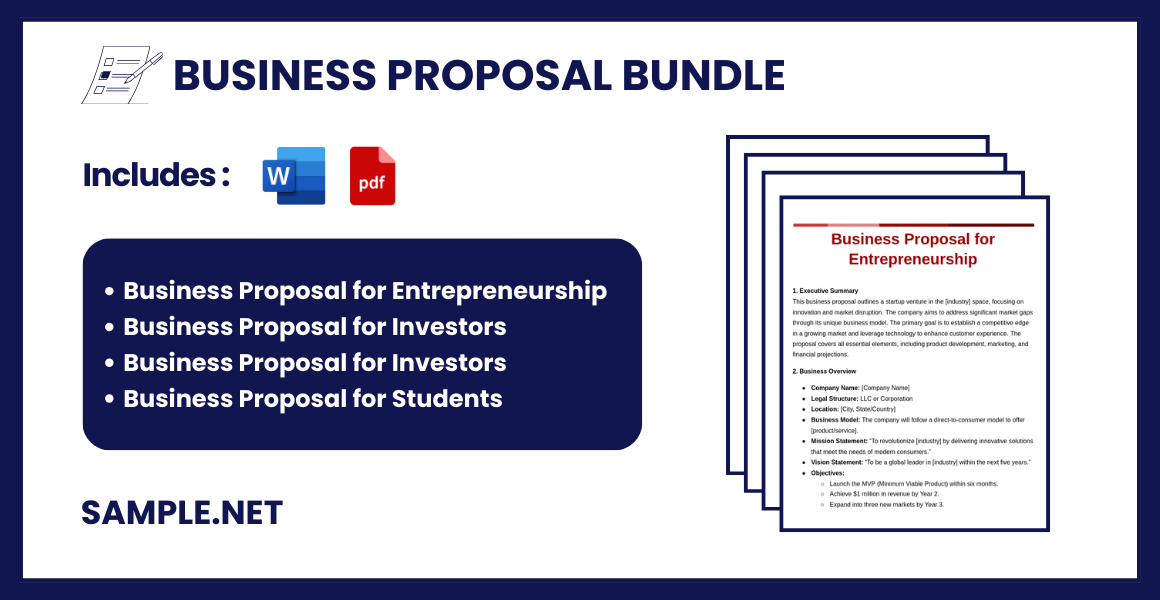
Download Business Proposal Bundle
Business Proposal Format
1. Title Page
- Company name
- Proposal title (e.g., “Business Proposal for [Project Name]”)
- Client’s name and contact information
- Your name and contact information
- Date of submission
2. Table of Contents
- A clear, organized list of the proposal’s sections with page numbers for easy navigation.
3. Executive Summary
- Provide a brief overview of the proposal.
- Summarize the key points, the purpose of the proposal, and the value of your solution.
4. Introduction / Problem Statement
- Clearly define the client’s problem or the opportunity they want to explore.
- Explain why addressing this problem or opportunity is important.
5. Proposed Solution
- Provide a detailed description of the products or services you’re offering to solve the client’s problem.
- Highlight the unique aspects of your solution and why it’s better than the competition.
6. Methodology / Approach
- Outline the steps or process you will follow to implement your solution.
- This can include a timeline, milestones, and key deliverables.
7. Deliverables
- List the specific results or outcomes the client can expect from your services.
- Be as specific as possible regarding what they will receive.
8. Timeline / Project Schedule
- Provide a detailed timeline showing when each phase of the project will be completed.
- Include important deadlines or project milestones.
9. Budget / Pricing
- Provide a clear breakdown of costs associated with the project.
- Explain any payment terms, such as deposits, milestones, and final payments.
10. Qualifications / About Us
- Share information about your company’s background, experience, and team.
- Include any case studies, success stories, or client testimonials that support your expertise.
11. Terms and Conditions
- Outline the legal aspects of your proposal, such as timelines, confidentiality, and terms of the agreement.
- Include clauses related to revisions, changes in scope, or termination of the agreement.
12. Call to Action / Next Steps
- Provide a clear call to action for the client.
- Include instructions on what they should do next (e.g., sign the proposal, schedule a follow-up meeting).
13. Appendices
- Attach any additional materials such as graphs, charts, diagrams, or technical specifications.
- Include any references or additional documentation that supports the proposal.
What is a Business Proposal?
A business proposal is a written offer from a seller to a prospective buyer. It provides details on how the seller’s services or products will meet the buyer’s specific needs, pricing, timeline, and other critical factors. Business proposals are used across industries to secure business deals, partnerships, and investments. You can also see more on Marketing Promotion Proposal.
To pitch the products and services, business owners and daily planners need to have proposals. A business proposal has three components and uses for the convenience of business folks. It has a professional introduction, an outline of the sales pitch, and a formal conclusion. Furthermore, the material is used for a possible partnership, specific project collaborations, and branding. In the simplest terms, business proposals help companies find suitable enterprises that accept their services and products. Moreover, it is an excellent way to have an alliance for future business ventures.
According to the Small Business Statistics article provided by the Chamber of Commerce in 2018, over 30.2 million small enterprises are active in the US
The United States Small Business Administration Office Advocacy reports that in the 2019 Small Business Profile, The United States had 30.7 million small businesses.
According to the same report, the small business industry employs 47.3 percent of the private workforce.
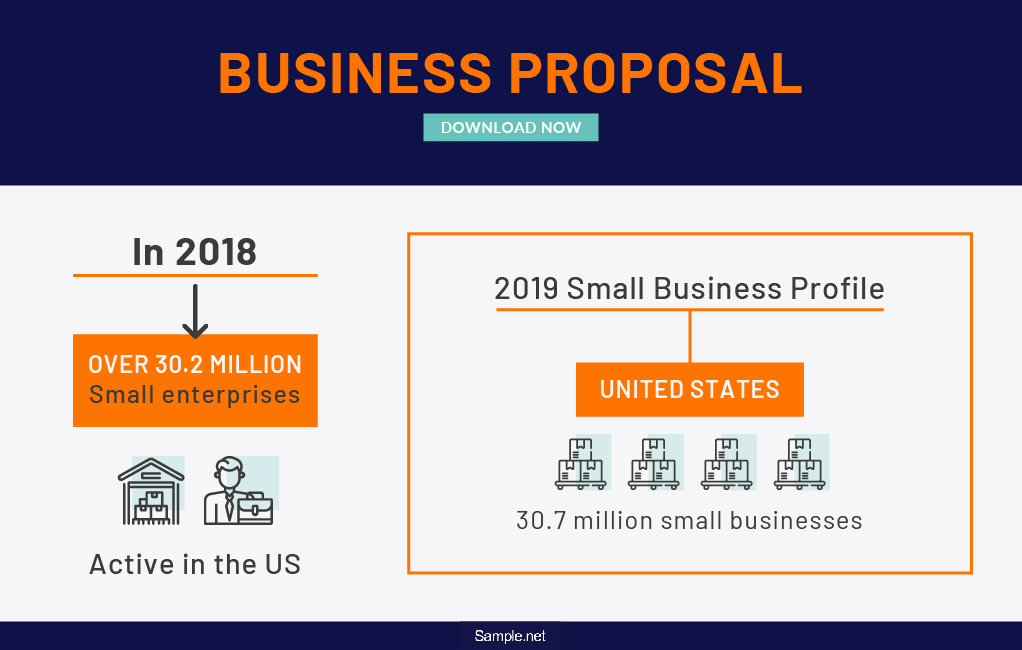
The Proposition: Four Types of Business Proposal
The concept of business proposals centers on a purposeful partnership between two different companies. As both entities benefit from the proposal, the usefulness of the material plays an important role in pushing both corporations forward. For instance, we take a look at how music streaming app Spotify and its partnerships with other businesses, have been positive over the years. The application, which contains almost all genres and songs ever created in the music industry, has millions of listeners worldwide. Going into collaborations with Uber (2014) and Starbucks (2015) has brought the company farther by garnering more audiences and reaching better relationships. On the other hand, partner enterprises enjoy the liberty of mixing music for the convenience of their customers. Business proposals can improve many aspects of the company. So, what are the types of business proposals?
Essential Points in a Business Proposal
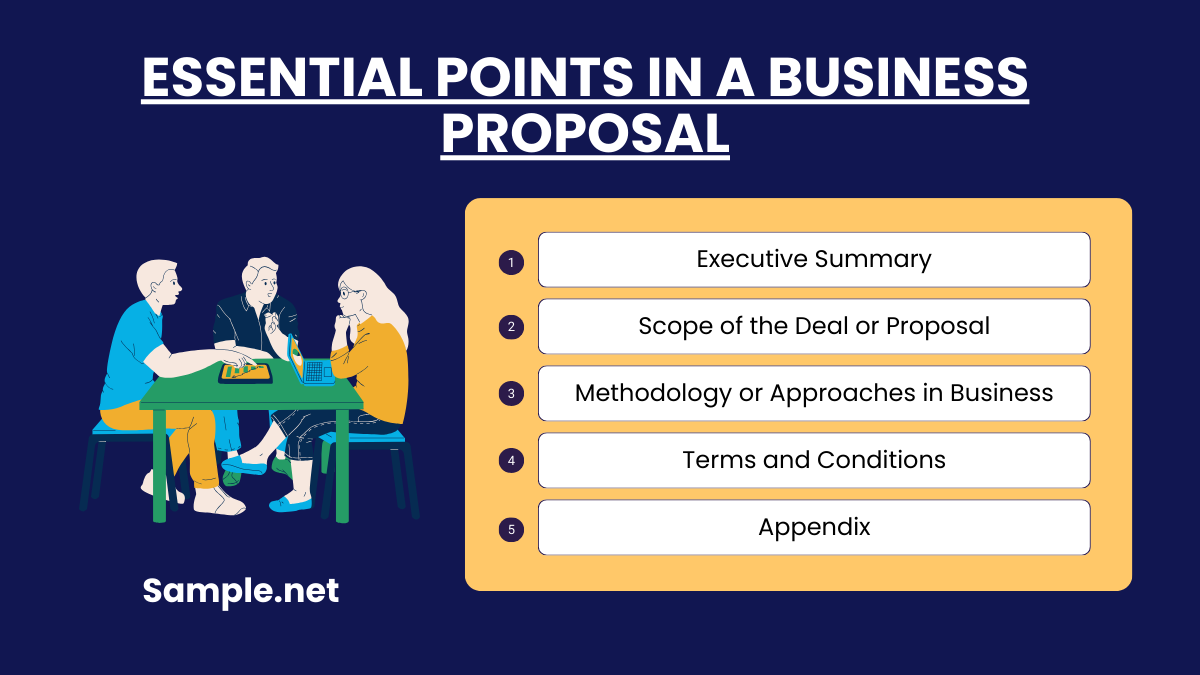
Many individuals aspire to be entrepreneurs in the future. Some are close to their dreams, while others are still starting their journey to success. To reach greater heights, people have to try different methods to find an approach that fits well with the current situation. According to the small business statistics article provided by the Chamber of Commerce in 2018, over 30.2 million small enterprises are active in the US. The numbers show how people see business ventures as an opportunity to grow. Several business owners are young, and some are older than usual. But it does not stop them from trying to open a store or boutique. Therefore, here are key points that will help entrepreneurs when making their business proposals.
Executive Summary
In simple terms, this part contains the overall summary of the essential discussion points in the business proposal. This portion has crucial information that provides enough details to push the reader to move along. The executive summary, as a whole, invites the prospective client to continue browsing the document. After the table of contents, this section of the proposal appears to provide an overview for the viewers.
Scope of the Deal or Proposal
The company should allocate enough pages and paragraphs to provide enough information about the range of the deal. But why is it an essential point? By giving valuable details and comprehensive background information, you can assure the clients that their investments are safe. Instead of leaving the possible business partner in the dark, you include sufficient details to guarantee returns on the said investment. The scope of the deal comprises drafts of schedules, contingency plans, plausible amendments, and marketing plans.
Methodology or Approaches in Business
For this section, the focus will be on how the two parties can proceed with the agreement if they accept the proposal. The methodology considers the situations of the parties involved and identifies what approaches can ease tensions or avoid problems with the plans. This part of the business proposal looks ahead in the future to make sure that the future collaborator can feel secure with the partnership. All possible and practical methods are considered in this section.
Terms and Conditions
Similar to agreements and contracts, proposals also include terms and conditions that affect the decisions of both parties. By listing down the predetermined conditions for the projects and plan, the two entities can refrain from doing activities or actions which could negatively affect the situation. Moreover, this protects the respective assets of the two companies. Although this is already part of the proposal, this is open for revisions, especially if some components can have better phrases and deals.
Appendix
Despite being considered as an optional section for a business proposal, an appendix has a particular purpose which can affect the decision of prospective clients or partners. The appendix holds the compilation of different documents that are relevant to the proposal but not stated in the table of contents. Some examples are application forms, complete cost estimation reports, and verification letters. If the useful material cannot fit in the proposal, it can be placed in the appendix.
How to Make a Comprehensive Business Proposal?
Entrepreneurs want to make a pretty good first impression when it comes to meeting potential clients and partners. On many occasions, the first situations where businesses interact can be the set appointments or the initial document sent for business dealings. Hence, the business owner should ensure the reliability of the material he or she will send to the customer or company when the chosen one is the latter option. Thinking about this, how do we create a professional and informative business proposal? You can also see more on Product Supply Proposal.
Step 1: Discuss the Business Objectives and Opportunities
When making the business proposal, the first step is to list down the objectives and opportunities of the potential business partnership. While this concerns you, the supplier, the receiver also needs to have adequate satisfaction from the agreement. In many cases, companies look at the statement of the problem to come up with the solution. So, discuss the goals of the two parties and enumerate the favorable results of the proposal.
Step 2: Include the Benefits
In the following paragraphs or pages, you have to go in detail about the rewards of the business proposal. By pinpointing the benefits, you can encourage the other party to consider the offers of the business. For instance, catering and coffee shops converse about the health and logistics benefits of their products. When the planner points out the positive benefits, the reader can also see it.
Step 3: Provide the Rundown of Costs
Whenever businesses make investments to projects and plans, it comes with costs and resources. So, in the business proposal, you should provide an estimation of the expenses that each party has to cover. In other circumstances, the rundown of costs is not applicable, especially when it’s a grant. However, if the proposal shows the involvement of the other company, the list of fees has to be in the final document.
Step 4: Finish with an Intriguing Conclusion
After all the necessary information, the planner should end the business proposal with an exemplary and profound conclusion. Business proposals must entice the other party to invest, purchase, or partner with the other company. Therefore, the end part of the document needs to contain crucial notes and words of encouragement. Both the introductory statements and closing points should suffice as excellent pointers for your business objectives.
FAQs
How to present a business proposal?
To present a business proposal, start with a clear introduction outlining the purpose. Highlight the problem and offer your solution. Conclude by showcasing the benefits and value for the client.
What’s the difference between a business plan and a business proposal?
The executive summary provides a concise overview of the proposal, highlighting the problem, your solution, and why your business is the best choice to solve it.
Can statistics and data be part of my business proposal?
At times, including research results can support claims of the business. Statistics coming from reliable sources may improve the face value of the enterprise looking for clients and collaborators. However, business owners have to certify the authenticity of the references to avoid miscalculations. Choosing unverified authors and statisticians can harm the reputation of the growing business.
Can I back out from continuing my business proposals?
The intention of business proposals has been to provide in-depth details about forecasted plans and projects. But it’s not the final agreement. In fact, it’s the earliest stage of the business dealings. Hesitant business owners and planners can back out from the venture with prior notice to the other group. If no agreement has been signed, then ending the plans is easy.
How do you close a business proposal?
End with a strong call-to-action, reiterating the next steps and expressing enthusiasm for the opportunity to work with the client.
